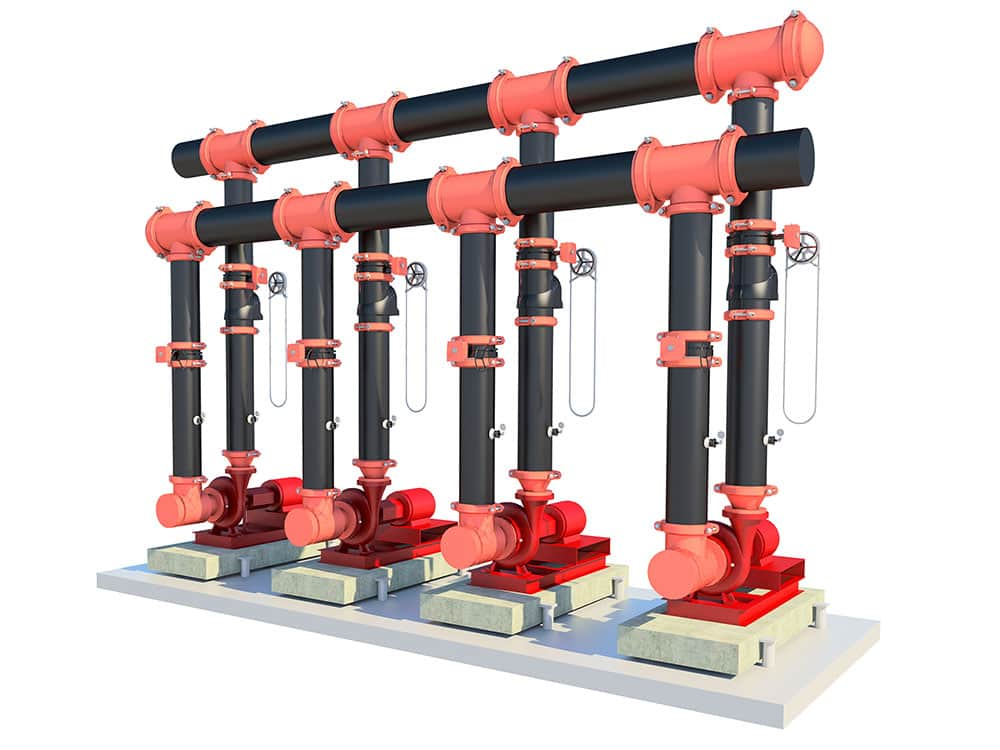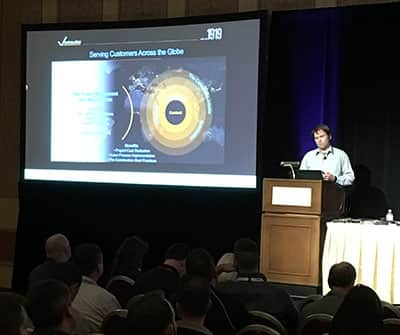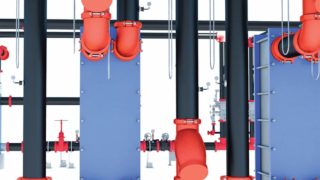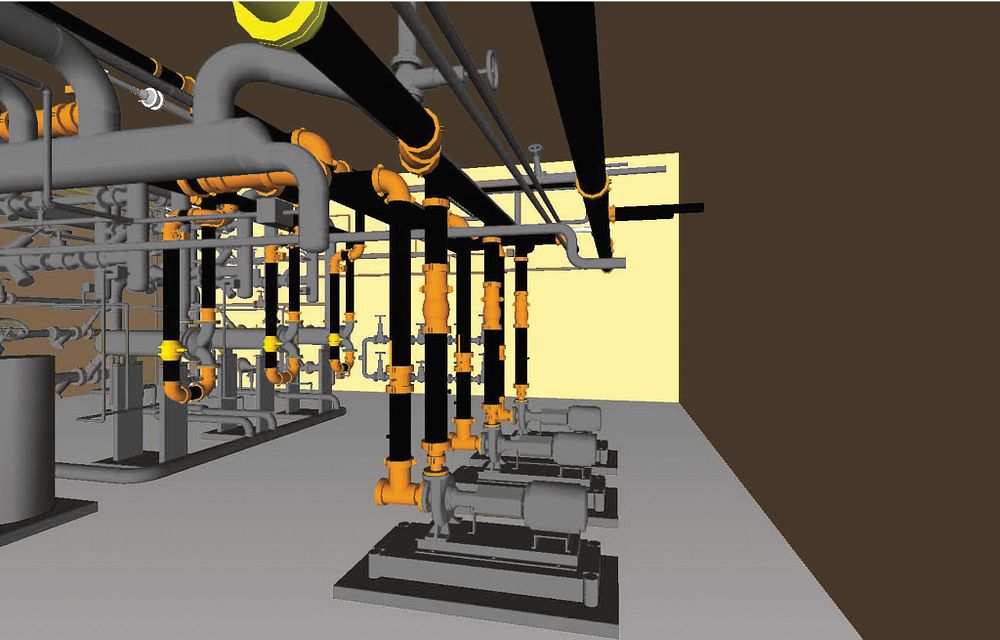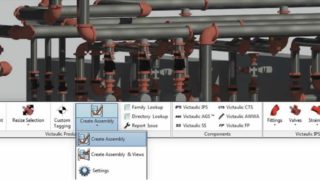Posted on May 22, 2018
In 2014, when we made the decision to invest business resources into transitioning from Autodesk Fabrication CADmep to Revit, it was because we wanted to use the best piping design software for the job. Victaulic is committed to reducing total project labor hours from design through to construction. The construction industry had been buzzing about BIM since 2007 and architecture firms were raving about Revit. In 2009, we began developing Revit pipe drawing add-ins with Autodesk Seek for the Fire Protection industry, but we weren’t using that content on our own projects yet. We are grateful that our leadership saw what was on the horizon and put a plan in place to make the transition to Revit. It took two years, but today everyone on our global team is using Revit and the benefits are being realized. We are collaborating on a global scale, but more important than that, productivity is up. With the development of our own piping design software add-ins we’ve cut down on project checking hours, modeling hours and fabrication spool creation hours by 1/3 of what they were before our transition. To quote Autodesk CEO Andrew Anagnost’s keynote from AU 2017, we are “doing more, better, with less.”
…we’ve cut down on project checking hours, modeling
hours and fabrication spool creation hours by 1/3…
Through our transition to Revit, we learned a lot
As we worked through our MEP projects we uncovered opportunities to take Revit to the next level for ourselves and for our end users. With an eye toward the future, we partnered with Autodesk and together we began looking at enhancements to Revit that focused on increased productivity particularly for piping drawing and design in the MEP space. We became our own beta users for software development through which Victaulic Tools for Revit™ was born.
As a mechanical pipe joining manufacturer, and a company that provides coordination services, we have a unique perspective on content. We develop content for ourselves and for our customers and because we are both a user and a provider, we understand the value of quality content. We believe that as a manufacturer we play a pivotal role in BIM. For any project to benefit from the full value of BIM coordination, manufacturers have a responsibility to provide intelligent and well-built content. The saying, “junk in, junk out” comes to mind. Our philosophy has been and continues to be that we will make native Revit content, and we will make our Revit content free for the end user. By doing that, our customers can do more, better and spend less.
Standing room only as Ralph Schoch presents at Autodesk University 2017
Victaulic Tools for Revit – Piping Design Software Training
We believe in Revit, in looking for opportunities to increase efficiency, and in delivering quality, free Revit content, but beyond that, we also believe in education. Our transition to Revit was built on a solid foundation of education which continues today. Forge DevCon, Autodesk University, BILT and BIM-MEP AUS are just a few of the conferences that we have relied on to help us on our journey. Internally, we have two training courses that our new hires go through. One for beginners and a follow-up course as they progress. Our employee training is the same training that is provided to our customers, and has enhanced pipe routing for a global audience over the past 4 years.
If you are a contractor or engineer looking for help transitioning to Revit or you could use some advice on how to create quality content, contact us here. We’d be happy to set something up. Or, look for some of our experts speaking at the conferences mentioned above.
Interested in setting up a Live Demo of Victaulic Tools for Revit™, click here.
You can also download a 30 day free trial of our toolbar by clicking here.
Or skip the demo and the trial altogether and purchase here.
